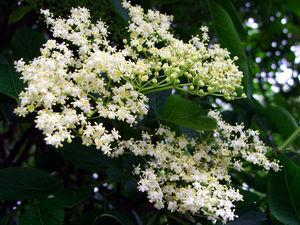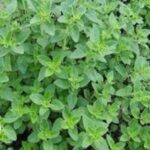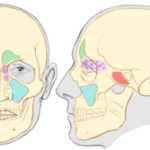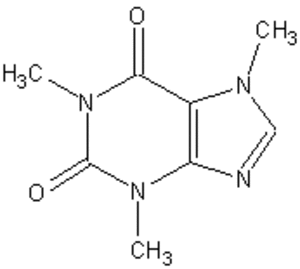Life presents many challenges but it’s nice to know that simple things can make it easier. Sometimes one has only to look around to see what is at hand. Need to keep witches at bay or ease painful sinus congestion? Grab a sprig of elderberry leaves.
Important Folk Medicine
Once called the peoples medicine chest, elderberry has been an important part of a healthy happy life for centuries. It can still be purchased in capsules, infusions, extracts and tinctures. The medicinal herb is often combined with other herbs in commercial preparations.
It’s important to know which part of the elderberry to use as they all have their own place in medicine and lore. The bark is used in emollients and as a purgative, expectorant, diuretic and laxative. However, be careful in the preparation. While boiling the bark to extract the beneficial properties make sure the pot doesn’t cook dry. Lore has it that burned elderberry bark will invite bad luck into the house.
Folk medicine has recognized the beneficial effects of these of diaphoretic, diuretic and laxative properties and used the elderberry fruit to treat a wide assortment of ailments, ranging from sinus congestion and sore throat to rheumatism.
Elderberry Leaves
A good strong elderberry tea prepared from the leaves of the medicinal herb will produce a sweat that will bring the toxins out of the body. The leaves are broad and serrated and brewed to make tinctures, infusions and decoctions for centuries. Among the ailments the elderberry leaves have treated are colds and flu.
Drink the elderberry tea to increase the output of urine, or pour it on a minor burn to help relieve the pain and aid healing. Moreover, don’t forget about keeping a sprig of leaves hanging somewhere in the house to keep the evil witches away from the home.
Elderberry Flowers
Gather the sweet smelling flowers of the elderberry plant in the spring to prepare tinctures and teas for spring colds, allergies and runny noses. Dry the cream-colored flowers for later preparations to treat flu symptoms, as a diuretic, circulatory stimulant or to add to topical treatments that will benefit from the anti-inflammatory actions of the herb.
The Berry
When the flowers have disappeared it’s time to watch for the berries themselves to appear in clusters of dark purple to black. The berries are rich in tannins and viburnic acid and have been used to relieve both constipation and diarrhea. Respiration and nasal conditions are also aided with preparations from the juice of the elderberries.
Warning
Elder has a long history of use as an herbal medicine, but it is not the intention of this article to use the information here as a substitute for professional medical care. People can be allergic to herbs just as they are to other substances. The properties of some herbs can interact with drugs and other over the counter medications.
Sources:
• Purdue University: Elderberry as a Medicinal Plant
• University of Iowa: Nature’s Pharmacy, Elderberry





